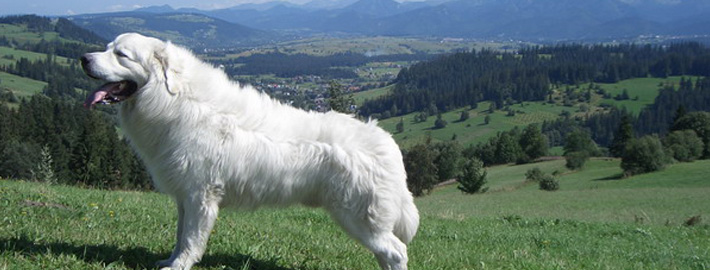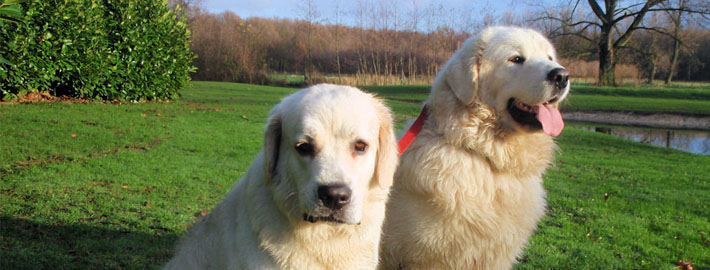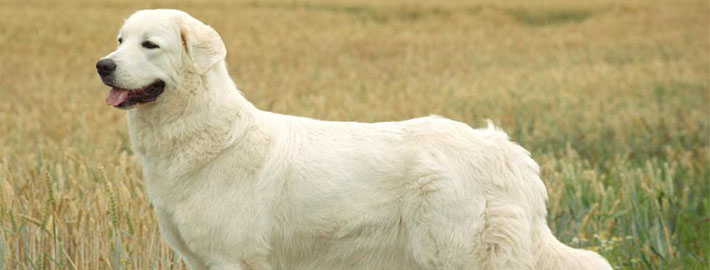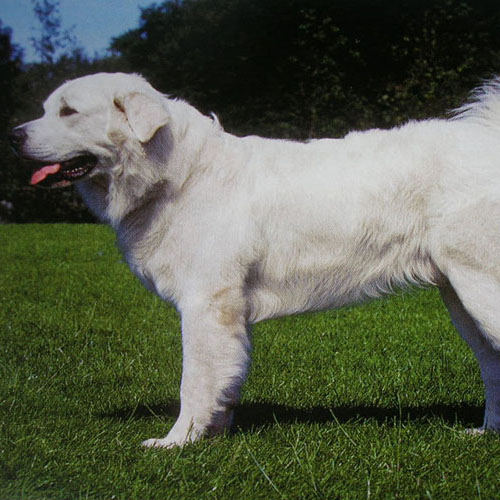What makes the Polish Tatra Sheepdog Unique?
Polish Tatra Sheepdogs were bred to guard large herds of sheep and spend most of their time without human contact, they can appear aloof and staid, which can be ideal if you want a guard dog or little interaction with your pooch. Those dogs who come from a longer line of companion Tatras are much more family-oriented and interactive. These dogs need very long walks at least once a day.
Breed Groups
Page Contents
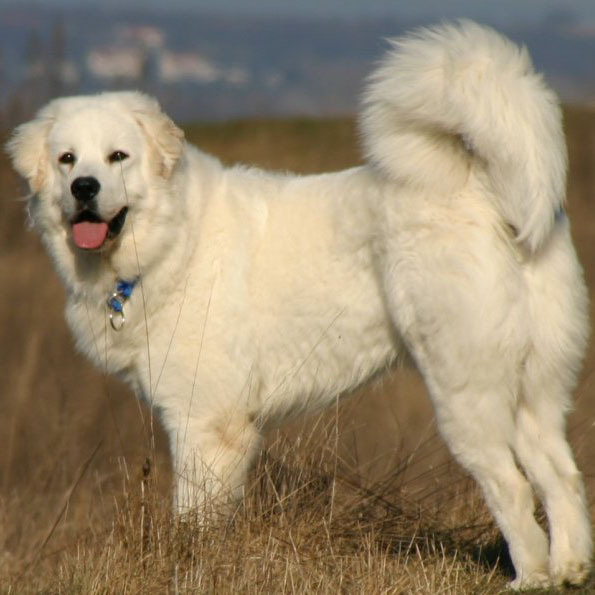
Is the Polish Tatra Sheepdog Right For You?
In 5 Words
- Alert
- Energetic
- Tenacious
- Responsive
- Intelligent
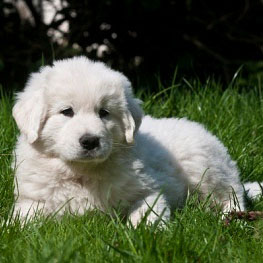
Characteristics
Learn About the Polish Tatra Sheepdog
Description
General Description
The double coat is heavy with a top coat that is hard to the touch, straight or slightly wavy. The undercoat is profuse and dense. Coat color is pure white, with no color markings. The breed has a black pigmented nose, lip and lid edges. The foot pads are dark. This breed needs an owner who is intelligent, preferably with prior big dog experience. The owner must be a strong alpha leader, fair, loving and very consistent with all rules.
Size
The average height for males is 65 to 70 centimetres (26 to 28 in), while for females it is 60 to 65 centimetres (24 to 26 in).
Coat
Their signature would be their massive pure white double coat. The coat is wavy with a curly top.
Short History of the Polish Tatra Sheepdog
The Polish Tatra Sheepdog is named for its ancestral homeland in the Tatra Mountains in southern Poland. It is also known as the Owczarek Podhalanski and the Polish Mountain Sheepdog.
Polish Tatra Sheepdogs have been extremely useful for the mountain folk of South Poland. Their plumed tails were good to hold on to when human and dog were traversing rough terrain, and their unusual fur could be spun like wool.
Thanks to the breed’s intelligence and work ethic, this dog’s numbers rebounded after World War II, when they nearly died out because of starvation. Today, these dogs are often used in the Tatra Mountains as guardians. Some have become purely companion dogs, though the desire to work is never bred out of them.
Temperament
Centuries of watching and guarding sheep have turned the polish tatra sheepdog into the ideal watch dog. They are very alert dogs and will watch over their family and property for any suspicious activities or intruders.
Their high intelligence allows them to assess situations before taking action so they can better determine the ideal response to deal with any scenario without needing human guidance. Because of this, they are often good with pets, strangers, and children as long as they are welcomed by their family. Unwelcomed guests will find it difficult to get by the tatra unchallenged. Tatras will not bite unless they are directly challenged by another animal or person.
The polish tatra sheepdog is an independent dog that thinks for itself, so they can be difficult to train. The breed does best with owners which are intelligent strong leaders, preferably with previous large dog breed experience.
Caring for Your Polish Tatra Sheepdog
General Health
Genetic and health problems: hip dysplasia occasionally. Very few reported cases (less than 1%) of patellar luxation, juvenile cataracts, epilepsy, allergic dermatitis and bloat (gastric torsion).
Care
The tatra is a medium to high maintenance dog breed. Their coat will shed twice a year and requires a lot of upkeep during this time. If kept as an indoor dog, tatras will shed year-round. The breed does not drool (unlike other large breed dogs).
The breed has high exercise requirements and will need daily walks. While they can stay indoors for periods of time, their watchdog instincts make them want to be outside so they can watch the property. Because of this they are not recommended as apartment dogs.
Grooming & Bathing
The polish tatra sheepdog sheds its coat heavily twice per year. During this time they will need to be groomed several times per week. The rest of the year their coat does not shed and is self cleaning, so it requires very little care.
Exercise & Training
They need to be taken on a daily walk. While out on the walk the dog must be made to heel beside or behind the person holding the lead, as instinct tells a dog the leader leads the way, and that leader needs to be the human.

